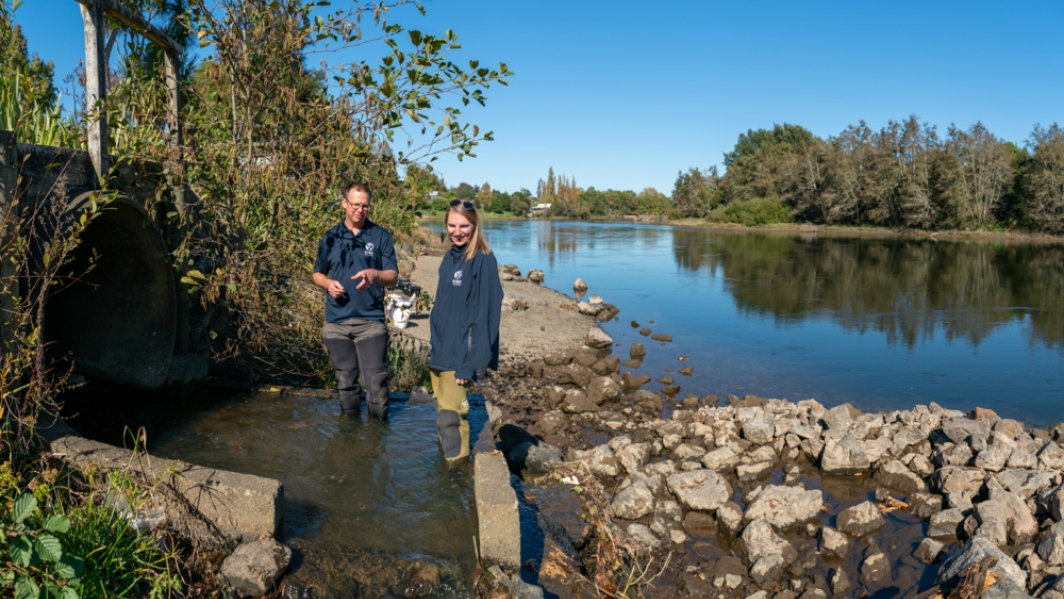-
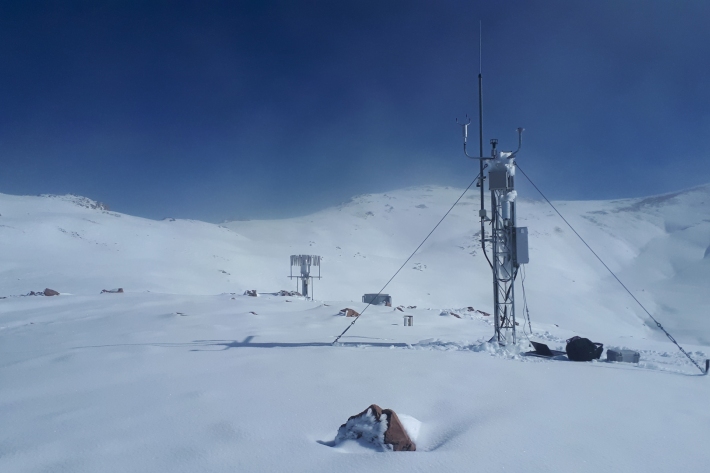
Mt Potts electronic weather station (EWS)
Our highest elevation site at 2128 m, Mt Potts is also one our sites very exposed to wind. -
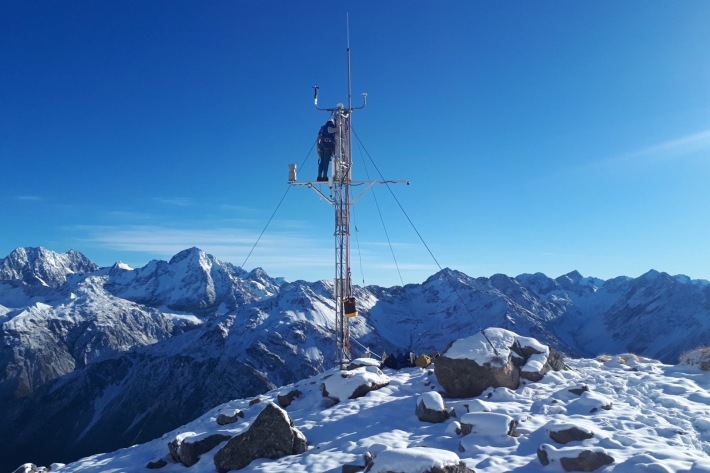
Upper Rakaia electronic weather station (EWS)
The Upper Rakaia SIN site is located at 1752 m on a north facing slope in the Jollie Range. Records start in 2010. -
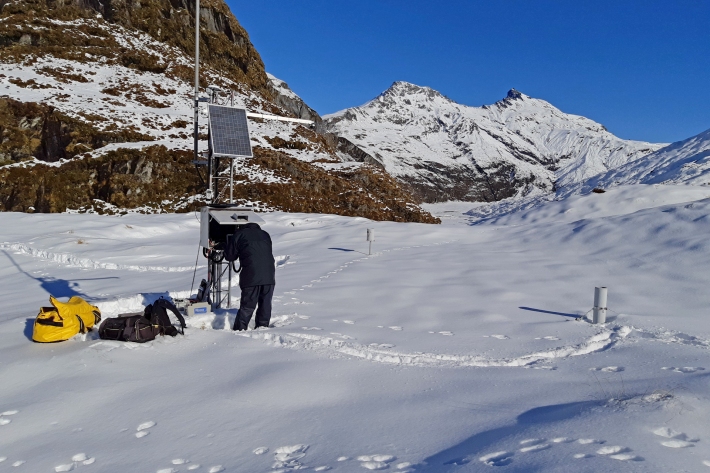
Albert Burn electronic weather station (EWS)
The Albert Burn SIN site is located at 1280 m in the upper Albert Burn valley, east of Mt Aspiring/Tititea. Records start in 2012. -
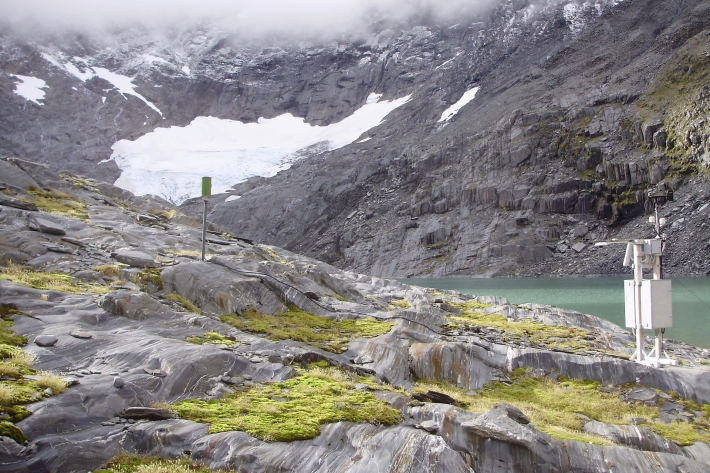
Ivory Glacier - compact weather station (CWS)
The Ivory Glacier SIN site is located at 1390 m next to Ivory Lake, west of the main divide of the Southern Alps/ Kā Tiritiri Te Moana. -
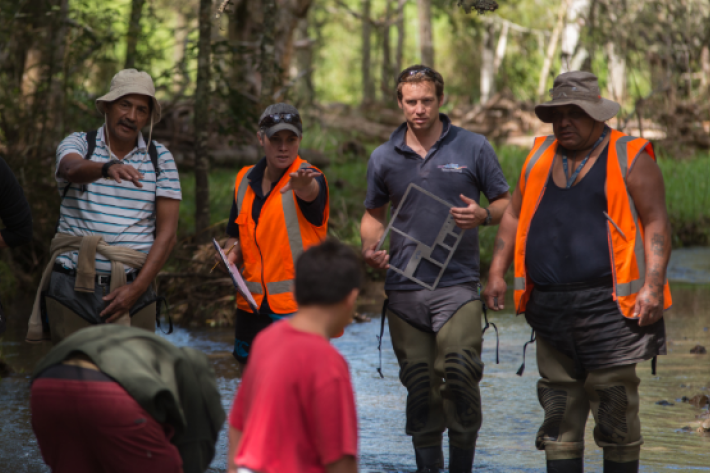
Cultural Keystone Species
Research ProjectA four-year research programme focused on the co-management and restoration of our freshwater taonga species. -
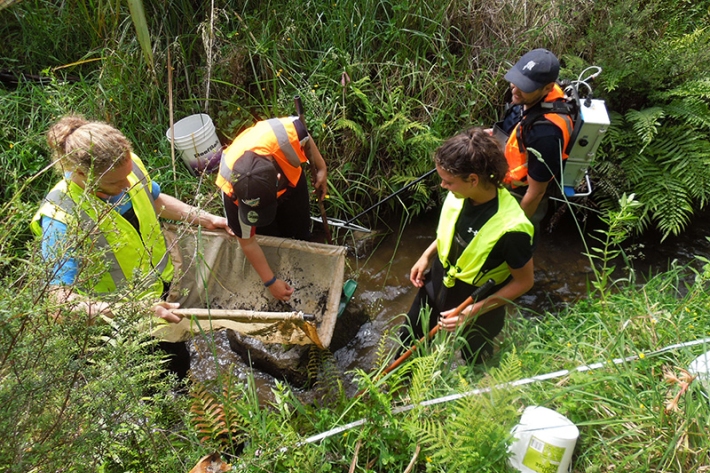
CKS2020 - Building Aotearoa-New Zealand Research Capability
In collaboration with the University of Waikato, the CKS team has also supported students and scholarship interns through a variety of practical experiences. -
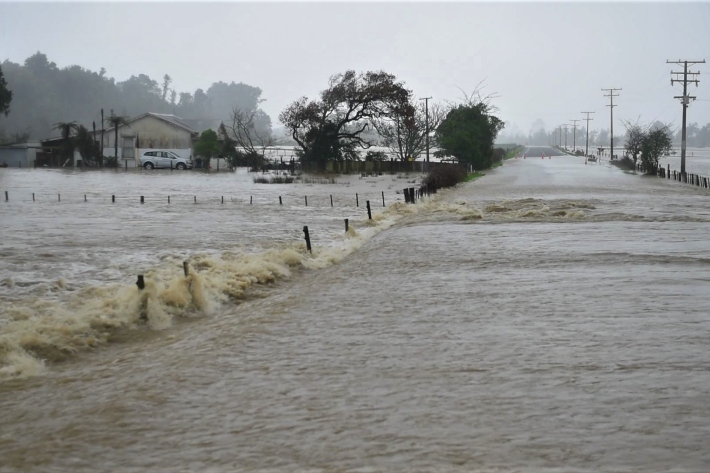
Public asked to help build national flood photo database
Media release15 February 2022NIWA is asking people in flood-affected areas to contribute photos to a national database to support understanding of flood hazard and flood risk. -
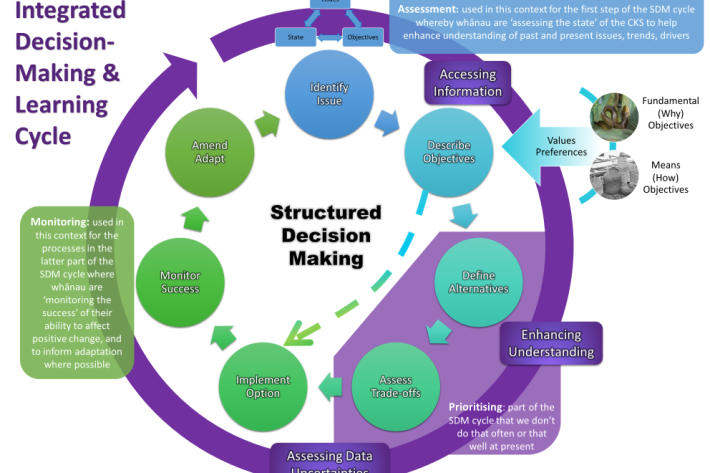
CKS2020 - Developing tools and frameworks
This programme developed approaches to enable the recognition and prioritisation of cultural keystone species (CKS) in co-management, restoration and monitoring to help sustain the social, economic and ecological health and wellbeing of Aotearoa-New Zealand’s freshwater ecosystems. -
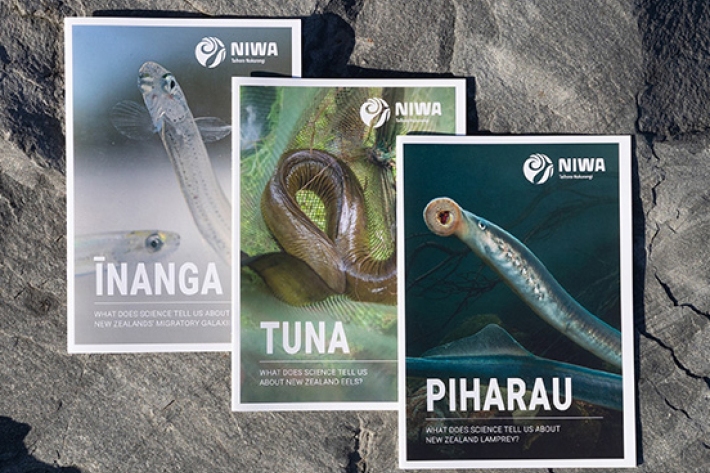
CKS2020 - Communicating state and trends
New ways to communicate the state and trends of taonga populations. -
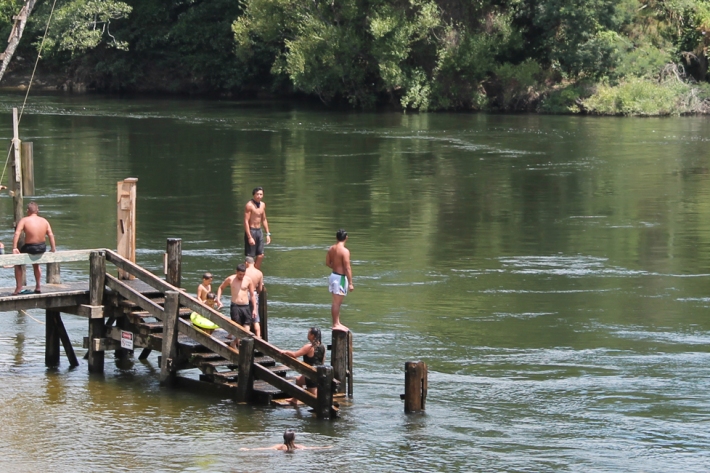
Waikato Dynamic Models Project Proposal
Protection of the Awa Models enable us to predict how different uses of the land and water will impact river and stream health. -
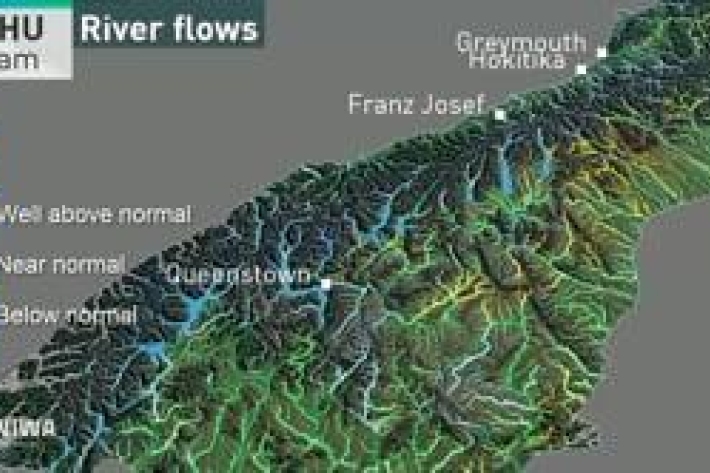
River flow forecasting
Research ProjectNIWA is developing a national river flow forecasting tool for New Zealand that aims to support and strengthen our planning for and response to extreme rainfall events. -

Bottom lining for the control of submerged lake weeds
Bottom lining is the installation of a flexible covering over the top of beds of aquatic weeds, similar to using weed matting in home gardens. This control method is also called ‘benthic barriers’.

